
FM8 Tutorials
Tips on Designing Classic FM8 Vibes and Other Mallet Instruments
This quick and very helpful tutorial will walk you through the steps of making your own classic FM8 vibes and provide some pro tips along the way for other mallet instruments, too!
I have covered the topic of new school vibes here on the blog before and if you are interested in checking out a modern electronic twist on a classic sound, here is the post. This time around we take a close look at some of the things that help create a more convincing mallet instrument when using frequency modulation synthesis and recreate some FM8 vibes from scratch in the process. I get a lot of requests for this particular sound. It used to be considered strictly a jazz thing, in the pop culture. As it moved into soul and some more mainstream genres, it found a home in many other types of music and continues to play an essential part in modern productions, thanks in large part to Lionel Hampton. This particular sound is one that can easily be tweaked to meet the needs of whatever your working on, because it was programmed to closely emulate a traditional set of vibes.
In the image below you can see the basic set up of these FM8 vibes in the FM Matrix. This is actually a very simple sound to make, but the attention to detail required to make it more believable is what may end up taking the most amount of time. Especially when you are first getting started with this type of sound design. The Filter (Operator Z) is output directly in the middle of the stereo field, while both Operators F and are panned partially in opposite direction. This provides plenty of width and creates the auditory illusion of more depth as well. This is one effect we will continue to build upon in the next few minutes. Operators C and E have very short envelope curves and are being used to impart a sharp and short strike at the onset of the sound each time a note is played.
Pro Tip: The smallest amounts of feedback can be used to add subtle variances in sounds like those heard when vibes are struck in real life.
Pro Tip: Using one high-pitched operator (Operator B, above) to subtly impart the upper harmonic elements, helps to create a more true-to-life mallet instrument and also adds to the depth effect.
Here on the Master window, the total number of Unison Voices is in creased to two. This allows us to use the Detune and Pan features to spread out this sound further, thus increasing the perceived width even more. Just a touch of Analog Quality is also added to give these FM8 vibes a bit more gentle character.
As you can see in the image below, there are only two different envelope curves used in the making of these FM8 vibes. A short burst curve is used on the Modulators creating the mallet strike element of the sound, while a longer sustained curve is used to shape both of the main Carriers, as well as the Filter and the high pitched Modulator. It is quite essential that this last modulator is delivered and rings out evenly and
Pro Tip: Using different Modulators (in this case Operators E & C) to add the mallet strike effect helps to make the delivery more realistic and human sounding.consistently with the main Carriers for this sound to be eve somewhat realistic.
Pro Tip: Use FM8’s envelope Link feature to quickly duplicate a curve, and any changes you make thereafter, to one or more other envelopes in your patch.
Several things were done on the Effects window to help finish this set up FM8 vibes and bring them to life. A Shelving EQ was used to accent to the higher frequencies, while attenuating the lower frequencies. Then a Peak EQ unit was used to boost some upper-mids and take the edge off of some lower-mids. A Tremolo unit is used to provide the signature vibe movement, while a Reverb unit provides the space needed for this sound to ring out naturally. Finally, a Chorus/Delay unit is used to thicken and extend the sound a bit.
Below is a small audio sample of this FM8 vibes patch in action.
[audio:https://www.fm8tutorials.com/wp-content/uploads/2013/08/FM8-Vibes.mp3|titles=FM8 Vibes]Don’t forget the check out my other tutorial on modern electronic vibes, in this post here.
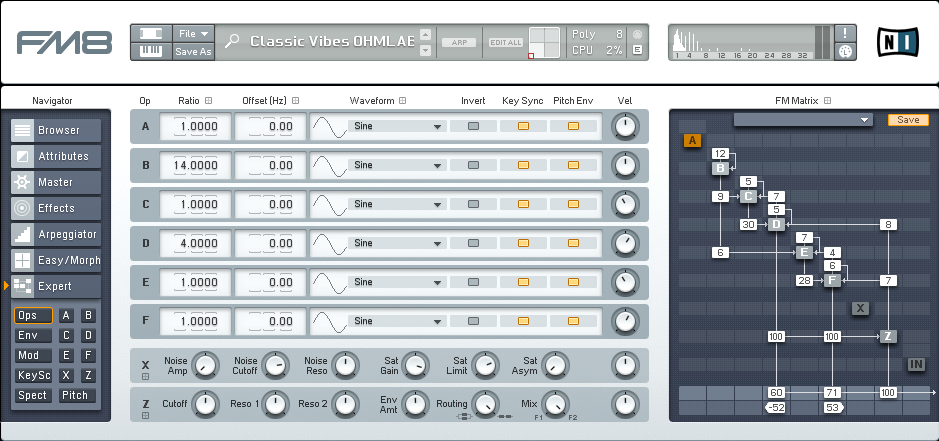
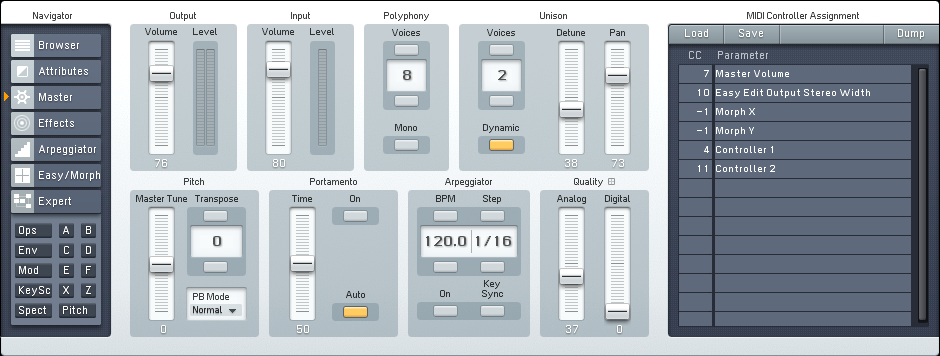
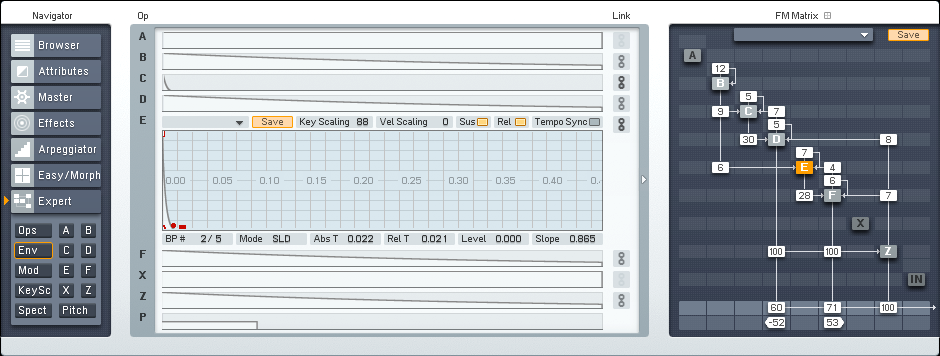
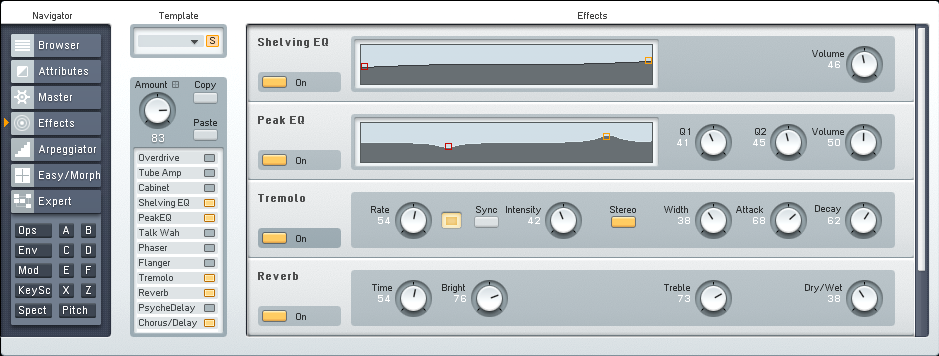
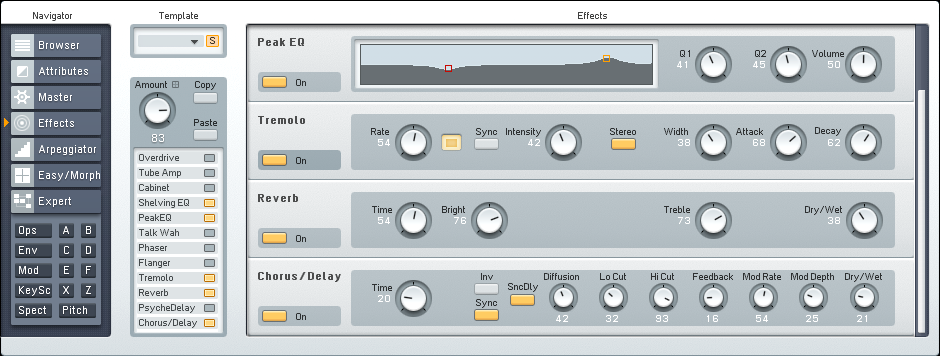
 YOUTUBE
YOUTUBE